Archeologists seek clues to the past at Ely Mine site in Vershire
| Published: 10-11-2023 9:41 AM |
VERSHIRE — For much of the 19th century, plumes of sulfur dioxide settled over the community of workers living at Vershire’s Ely Mine. Heavier than air, the toxic smoke produced from copper mining sunk to the valley floor, withering vegetation and scorching the lungs of the miners who breathed it day in, day out.
Today, waste rock and tailings from the extraction process have drawn the Environmental Protection Agency, or the EPA, back to the site for a federally-funded cleanup, which could cost as much as $28 million. Archeologists are there too, trying to ensure that the history of the mine doesn’t also get swept away.
In 2001, the EPA placed the Ely Mine on the federal government’s Superfund list, a designation reserved for the most polluted sites in the country. If there weren’t minerals still left at the property, which become acidic when exposed to air and have turned streams there orange, killing aquatic life, “we probably wouldn’t be here,” said Ed Hathaway, the EPA’s remedial project manager.
On 350 acres off Beanville Road, Ely is one in a string of abandoned Upper Valley copper mines that have Superfund status. The Elizabeth Mine in Strafford now has been largely cleaned up, and remediation at the Pike Hill Mine in Corinth is set to begin later this year.
Under the National Historic Preservation Act, before the EPA can begin its work, the agency is charged with documenting and excavating areas of the site that would be destroyed in the cleanup.
Since May, a rotating team of around 10 archeologists, including some students from the Northeast Archeology Research Center in Farmington, Maine, have been digging in the ground at Ely, piecing together the history of life on the mine before the bulldozers come in.
Artifacts dug up there are crucial to understanding the early work of the mine, and the lives of the miners themselves, said Jess Robinson, Vermont’s state archaeologist, who has been leading preservation efforts at the Ely.
Some of the work of Robinson’s team studies the actual structures and processes of the mine itself. Known as “industrial archeology,” the crew is looking at places where ore, which is smelted into copper, was processed and roasted, he said.
Article continues after...
Yesterday's Most Read Articles
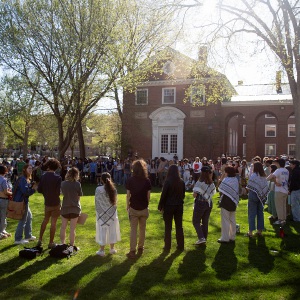 Dartmouth administration faces fierce criticism over protest arrests
Dartmouth administration faces fierce criticism over protest arrests
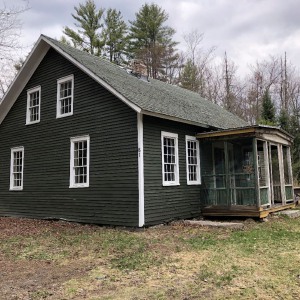 Hanover house added to New Hampshire Register of Historic Places
Hanover house added to New Hampshire Register of Historic Places
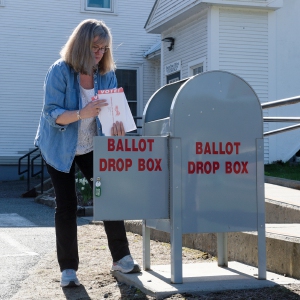 Sharon voters turn back proposal to renovate school
Sharon voters turn back proposal to renovate school
The rest of their efforts are focused on the domestic life of the miners. After the Vermont Copper Mining Company set up shop in the 1840s, a village of 1,200 people — replete with churches, post offices and company-provided housing — emerged to cater to the miners.
But despite the town, which was sizable, especially for the time, “nothing other than sparse newspaper accounts (of their lives) was ever written down,” Robinson said. “You can go back and look at ledgers — how much ore was brought out of the ground and for what price — but the nuances of how they got that out and how it was processed was not ever well recorded.”
Neither were accounts of the day-to-day. Robinson was shocked when excavation found imitation gem stones, which were likely worn as costume jewelry.
“Maybe it was used to feel a little like you’re not living in a sulfuric hellscape,” Robinson said. The crew also dug up delicate pieces of ceramic and old smoking pipes.
“You might imagine that people are living in these horrible conditions, constantly miserable in this existence, but what the archeology is telling us it wasn’t necessarily the case. People wore nice things, and had nice tableware. They enjoyed a smoke.”
The discoveries help to “round out the image more fully,” he said.
Still, costume jewelry can’t compare with the real stuff. In the early 1880s, miners grew tired of dangerous living conditions and wages that had been withheld for months.
In what’s now referred to as “the Ely War” a group of workers stole TNT from the mines and threatened to blow it sky high. Before a series of arrests, the revolting miners held control of the mine for three days.
“How these people lived day to day and how they were treated has an important part to play in the story of early labor,” Robinson said.
The field season typically goes into the end of October. The archeological crew is hoping to be finished with its work by then, but like most outdoor industries, a muddy summer delayed its scheduling.
Some of the artifacts recovered at the site will be curated at the state’s Vermont Archeology Heritage Center in Barre, which Robinson runs.
“Just like any history, better understanding the past can enable us to better understand how we came to be as Vermonters,” Robinson said.
Frances Mize is a Report for America corps member. She can be reached at fmize@vnews.com or 603-727-3242.
CORRECTION: Students from the Nort heast Archeology Research Center were helping with an excavation at Ely Mine in Vershire this summer. A previous version of this story incorrectly stated the in which school the students were enrolled.

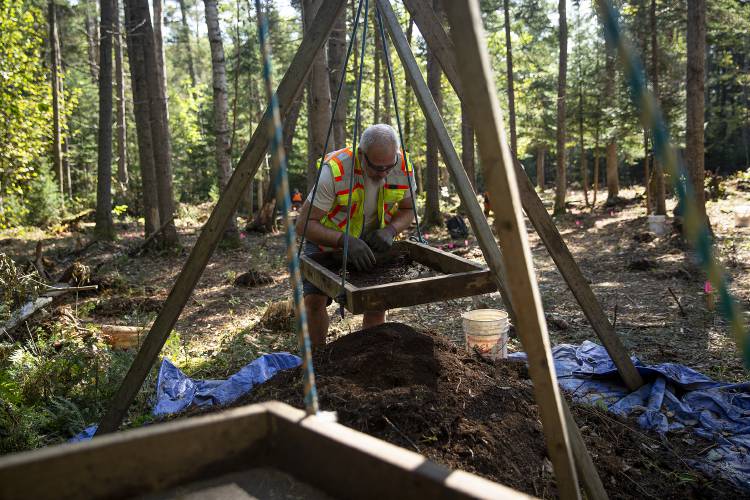
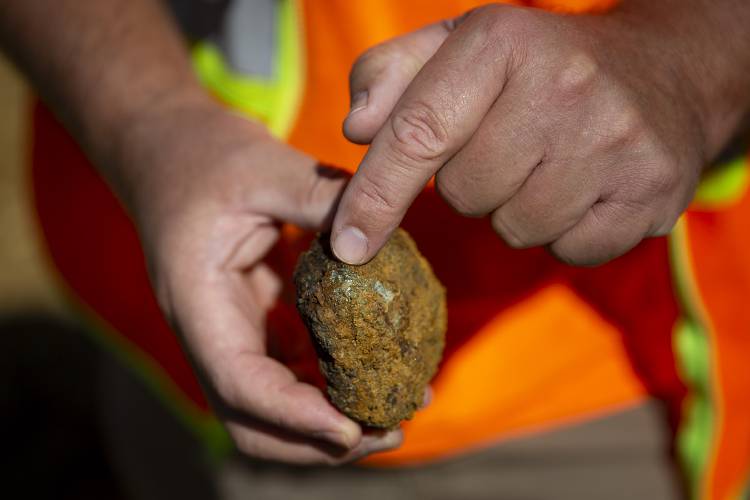
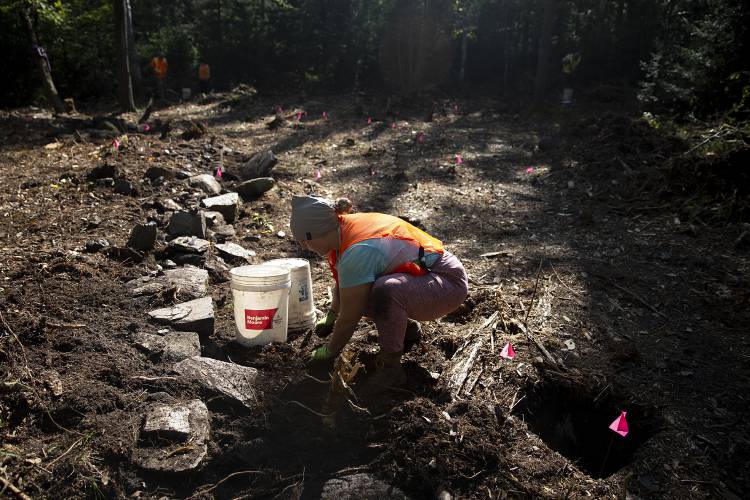
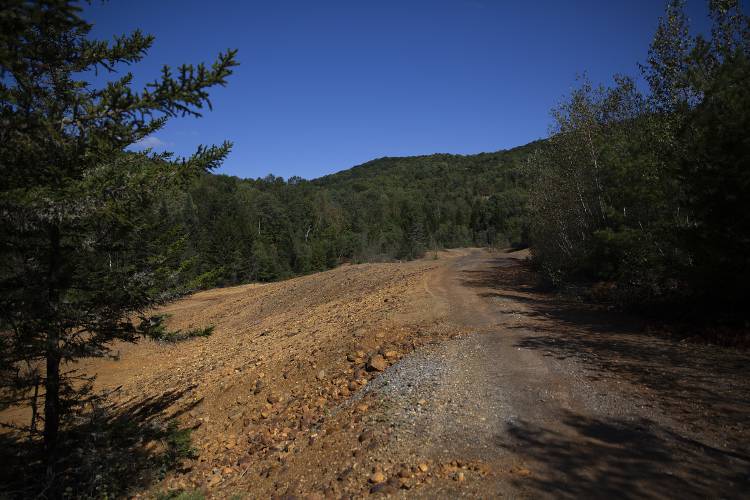
 Art Notes: Canaan Meetinghouse showcase brings musicians and listeners together
Art Notes: Canaan Meetinghouse showcase brings musicians and listeners together A Look Back: Upper Valley dining scene changes with the times
A Look Back: Upper Valley dining scene changes with the times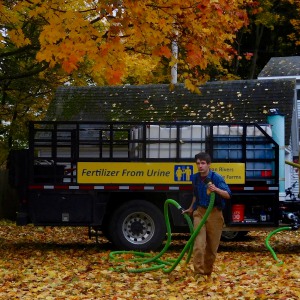 The future of fertilizer? Pee, says this Brattleboro institute
The future of fertilizer? Pee, says this Brattleboro institute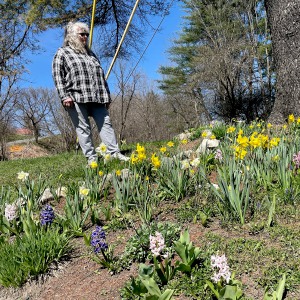 From dirt patch to a gateway garden, a Randolph volunteer cultivates community
From dirt patch to a gateway garden, a Randolph volunteer cultivates community 
